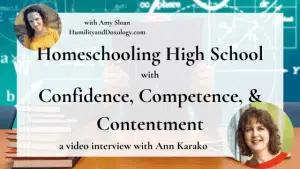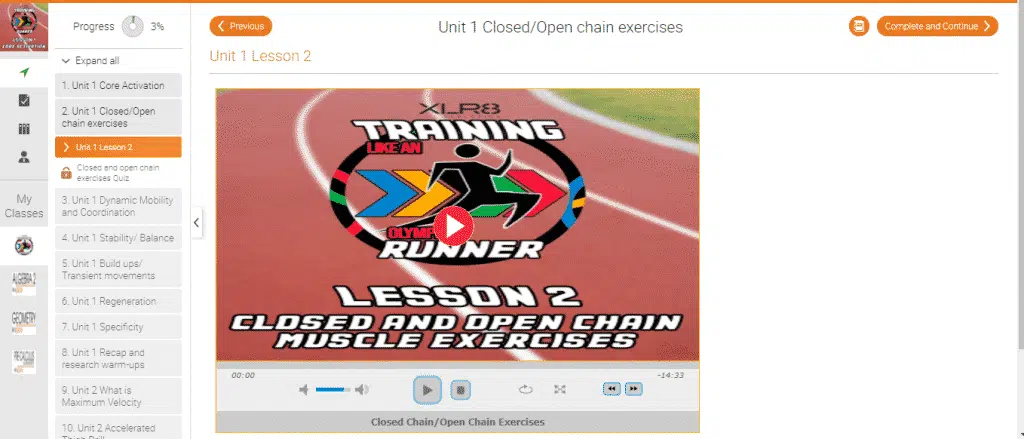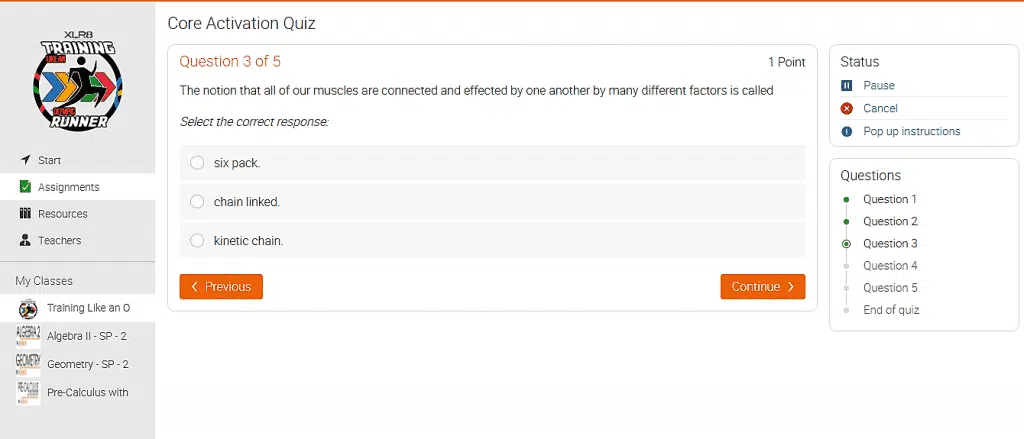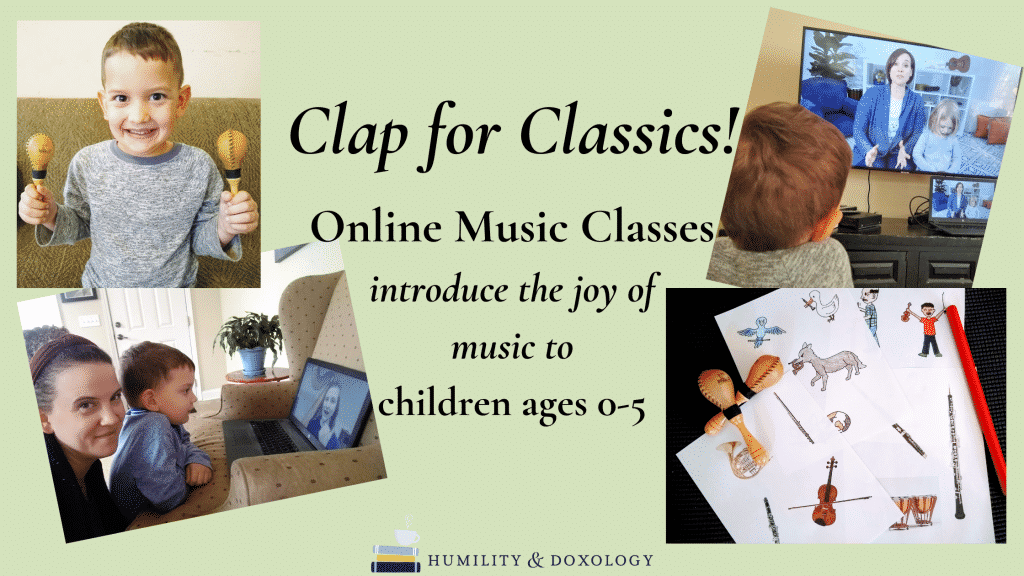Let’s be real. Not every teen wants to be an athlete. But every human being has a physical body that requires nurture and care. When it comes to planning our homeschool high school curriculum, we may wonder how to manage physical education credits in an easy, simple way for our not-so-athletic teen. This post provides homeschool P.E. ideas for the teen who is not interested in organized sports. You’ll find free homeschool P.E. curriculum ideas along with a suggestion for deepening the homeschool physical education curriculum.
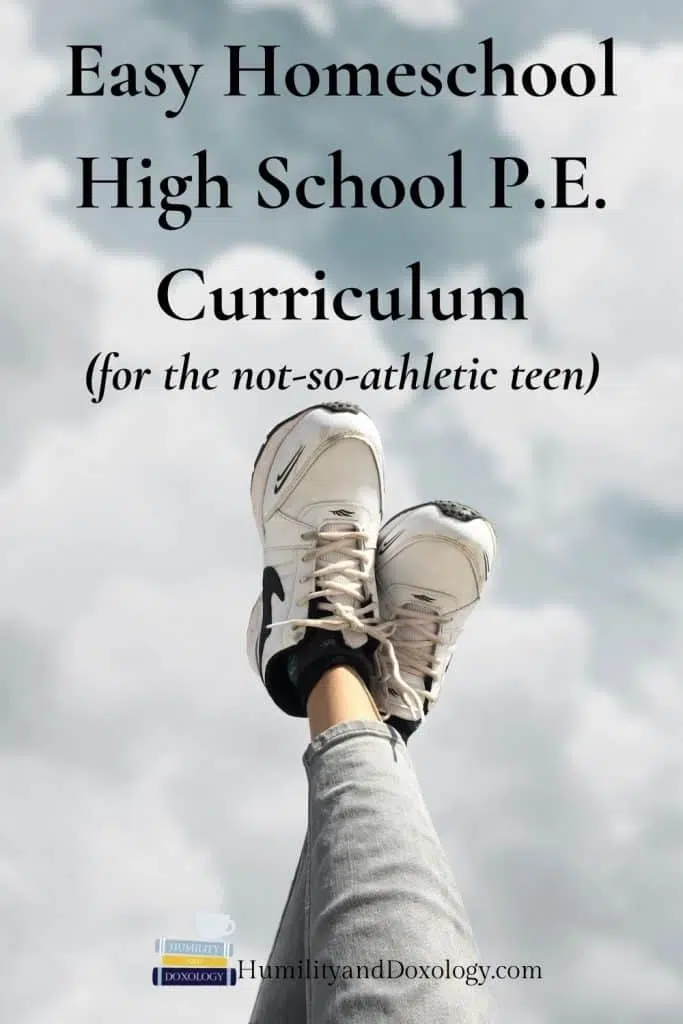
{This post contains paid links. Please see disclaimer.}
What is Physical Education (or P.E.)?
Merriam Webster defines physical education as “instruction in the development and care of the body ranging from simple calisthenic exercises to a course of study providing training in hygiene, gymnastics, and the performance and management of athletic games.”
When it comes to planning our homeschool physical education curriculum, this definition reminds us that P.E. is not just one thing. Yes, it can include athletic games and organized sports. But simple calisthenics, and even the academic study of related topics, can be involved in this course of study.
How many hours make up one P.E. credit?
In general, for a high school elective, a ½ credit course assumes 60 hours of work and a 1 credit course assumes 120 hours of work.
However, it’s important to remember that as homeschoolers we can spread these hours out however we wish. We don’t have to complete 60 hours in one semester, for example. We can spread the 60-hour requirement across the full school year and still just assign ½ credit for the course at the end of the year.
For more details about determining homeschool high school credits and transcript details, I highly recommend checking out Ann Karako and Heather Woodie, both of whom have also been previous guests on my Homeschool Conversations podcast.
Homeschool Physical Education Requirements
In my home state, there is no law requiring a P.E. credit to graduate homeschool high school. (In fact, we get to determine our own graduation requirements across the board!)
However, different state laws have different requirements. It’s so vital that you check with your own state laws to see if a high school physical education credit is required. Also, consider the requirements and preferences of the colleges your teen may wish to attend.
Aside from the legal requirements, however, you may decide that some sort of physical education credit is required in your family’s homeschool.
Some of my children enjoy organized sports and other physical activities. I will likely list those activities as extracurricular activities, but I won’t include them on their official homeschool high school transcript.
But for some of my other children, physical activity does not occur as naturally. So, in our family, we’ve decided to require a P.E. credit as part of their homeschool high school curriculum plan.
So I began to wonder: what would be the easiest, simplest, most effective way to craft a homeschool high school physical education course for my not-so-athletic students?
Homeschool P.E. Ideas for High School
Here are a few (free!) homeschool P.E. curriculum ideas that are accessible even for the less-than-athletic or uncoordinated/unmotivated high schooler. Remember, our kids don’t have to be great at these things. We just need to do them consistently! We’re laying a foundation for a life-long pursuit of health and physical activity.
You can mix and match to fulfill the course requirements/hours needed to meet your state’s legal requirements and/or your family’s desires.
- Hiking
- Running
- Swimming
- Biking
- Pilates (I really like these free videos on YouTube)/Yoga
- Swing Dancing or other social dance
- Calisthenics using body weight or small hand weights
- CPR/First Aid training (often available at no or low cost through your local emergency responders or community centers)
- Nutrition (many local libraries have a wide range of nutrition/health books; choose what fits your personal preferences)
Bonus? Most of those things can be done from home with little or no supplies needed!
Keep a simple homeschool physical education log (I created a bare-bones Google spreadsheet for my teen) to track activities and the time spent on each of them during the week.
Running for Homeschool P.E.
In our family, we decided to start our physical education study with a focus on running. I love running because all you need is a pair of supportive shoes and an open space. You can do it alone or in community. It is a form of physical activity you can take with you wherever you are or however old you are.
I remember when I was a young homeschooled tween/teen myself, a young mom in the neighborhood across from mine used to stop by my house early in the morning and we would run together. That was when I ran my first 5K.
Now, let’s be clear. I am a terrible athlete. I’m slow. I don’t like when things are painful. I’m just never going to be really great at it. But since that long ago day when Mrs. Frierson started running with me, I’ve completed over ten 5K races and 3 half-marathons.
So I decided to challenge my teen with an upcoming local 10K race. A 10K is 6.2 miles, so long enough to feel like a challenge and an accomplishment, but short enough to be realistic for our activity level. It will take most of the semester to train and prepare for the race, thus working towards our P.E. time goals.
Our goal is to finish the race, not to be fast.
3 times a week, we’re out there running together in the pre-dawn hours, preparing for the upcoming race. My teen isn’t really happy about it, but we’re doing it anyway, and it will be such a wonderful thing to be able to look back on and say, “We finished that together.”
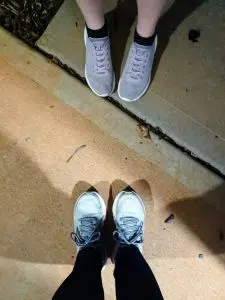
Remember how I said I don’t like when things are painful? I’ve found that a run-walk plan is a great way to stay motivated on a run. I used Jeff Galloway’s training plan back in my half-marathon days, and am using his 10K plan now with my teen.
We use this free app to keep track of our intervals. I keep reminding my teen, “you can do anything for 30 seconds,” but so far they’re still not convinced…
I use this tracker to note distance and steps. It is not connected to Bluetooth or an app, so I love that it’s not sending one more piece of our personal information to the wide world of the internet. It looks like it is not currently available, but I found this other option that looks like it functions similarly.

Take Your Homeschool Physical Education Curriculum to the Next Step: Online Running Training Course
Please note: I received a product for free, and was compensated for my time. All opinions are honest and my own; I was not required to write a positive review.
To get the most out of your homeschool P.E. course, consider adding some intellectual exercise to the physical requirements! We’re big fans of the self-paced online courses from Mr. D Math already, so I was curious to see what “Mr. D Math Training Like an Olympic Runner,” a self-paced online course taught by a professional running coach, had to offer.
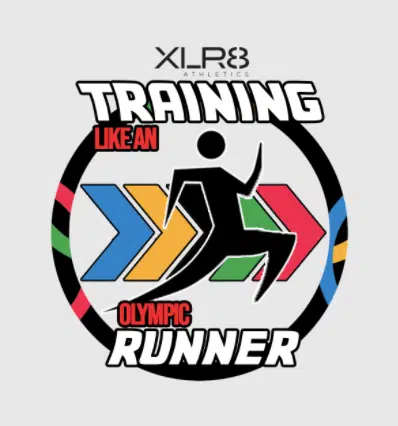
Training Like an Olympic Runner: the Coach
Jason Bean recorded the video instruction for this online course, while also bringing in other professionals on occasion. Jason Bean is a level 5 United States of America Track and Field Federation (USATF) certified coach. He has experience both with youth and Olympic-level athletes, and he brings that knowledge and passion to these online video lessons.
Coach Bean is encouraging and knowledgeable. I also like that he encourages proper form and technique, which is so important in preventing injuries. Students learn to warm-up properly, build their intensity gradually, set goals, and accomplish them.
What topics are covered in Mr. D Math Training Like an Olympic Runner?
There are 4 units and 32 lessons in Training Like an Olympic Runner. It is designed to watch the video on Monday and apply the lessons learned the rest of the week.
Unit 1:
- Lesson 1: Core Activation
- Lesson 2: Closed/Open Chain Exercises
- Lesson 3: Dynamic Mobility and Coordination
- Lesson 4: Stability/Balance
- Lesson 5: Build-Ups/Transient Movements
- Lesson 6: Regeneration
- Lesson 7: Specificity
- Lesson 8: Recap and Research Warm-Ups
Unit 2
- Lesson 1: What is Maximum Velocity?
- Lesson 2: Accelerated Thigh Drill
- Lesson 3: Step Over Run Drill
- Lesson 4: Negative Foot Speed Drill
- Lesson 5: Fast Leg Drill
- Lesson 6: Pure Acceleration
- Lesson 7: Transition
- Lesson 8: Start
Unit 3:
- Lesson 1: What is Velocity Based Training?
- Lesson 2: Standing Long Jump
- Lesson 3: Between the Legs Forward Throw
- Lesson 4: Overhead Backwards Throw
- Lesson 5: Side Hip Toss
- Lesson 6: Step Lunge Throw
- Lesson 7: Bounding
- Lesson 8: Single Leg Bound
Unit 4:
- Lesson 1: Explanation of Training
- Lesson 2: Understanding Stimulus
- Lesson 3: Adaption and Acclamation
- Lesson 4: Periodization
- Lesson 5: Aerobic Energy System
- Lesson 6: Neuromuscular Energy System
- Lesson 7: Rest and Recovery
- Lesson 8: Performance Pieces & Parameters for Pacing
Almost every lesson includes a multiple-choice quiz that is self-grading. The quizzes are designed to build on one another, so that the student is constantly reviewing material from previous lessons.
Is Mr. D Math Training Like an Olympic Runner for your homeschool high schooler?
If you want to include knowledge of the way our bodies work and move, this course provides some excellent insight. I like the idea that students learn how their bodies work while also improving their functional ability. Training Like an Olympic Runner is designed to increase physical activity as well as to provide insight into running technique and training theory.
Just don’t let your students be intimidated by the title of the course! It’s not about reaching Olympic runner levels. It’s about being smart in our training and applying the techniques used by top-level athletes to maximize the work we put into our physical education endeavors.
For the motivated student, I think Coach Bean’s enthusiasm and dedication would provide a helpful jumpstart, especially if they aren’t already naturally athletic. They may even find themselves surprised by discovering a new area of interest!
For the less-motivated student, the parent is going to need to be much more on top of things. The physical training exercises are demonstrated and assigned in the video lessons, so unless the parent has followed along (or otherwise checks to make sure the student took good notes), it might be easy for a student to slide by without actually doing the physical activity/application portion of the course!
As a reading-oriented learner myself, I find video-only lessons a bit disorienting, so know what works for your own student! But if your student processes information well in audio/visual form, this would be a great fit.
And here’s the bonus for your not-so-athletic teen: this course will count towards their total physical education credit hours, potentially reducing the number of minutes they have to, you know, actually sweat. Lol
Consider adding Training Like an Olympic Runner from Mr. D Math to your homeschool P.E. plans if you’re looking for a more in-depth self-paced physical education curriculum, especially for your auditory/visual learners!
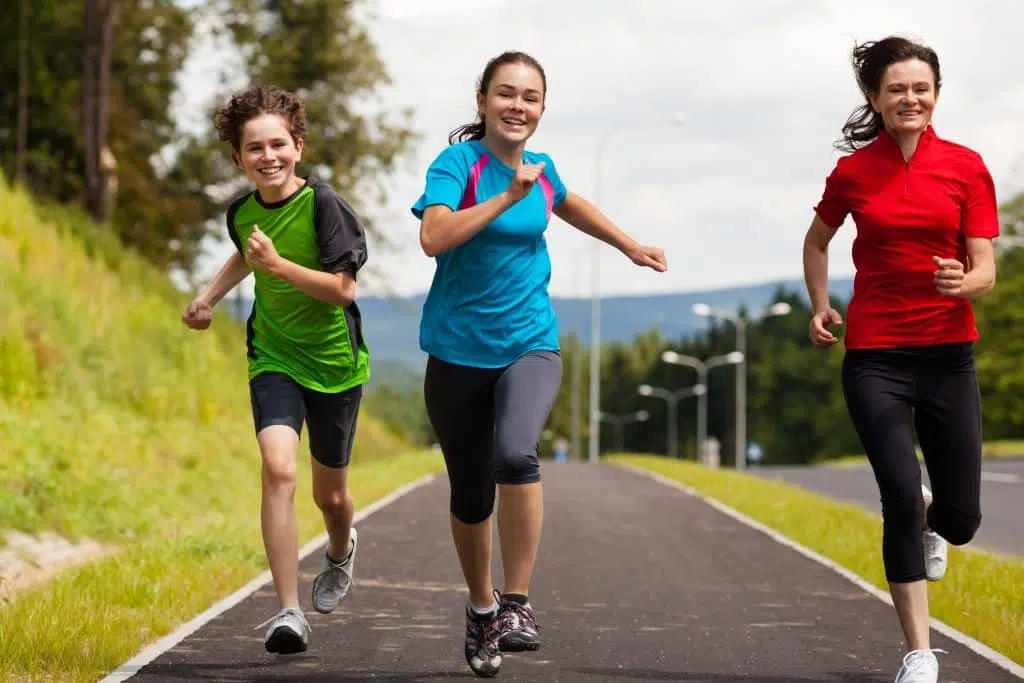
Physical Education for Homeschooled Teens
I hope this post has helped you see that getting a homeschool P.E. credit does not have to be that hard or complicated.
Pick something simple that your teen can do without too much additional hassle.
Sweat alongside them, when possible, and show them you’re on their team (even when they don’t yet appreciate it).
Consider deepening their understanding of the physiological science, athletic technique, and training procedures undergirding the most fundamental of exercises: running! Don’t hesitate to invest in knowledgeable outside coaches/teachers as you’re able.
You really can find easy, simple ways to get your physical education credits at home!
For more homeschool high school resources, click here.


